Multi-functional, biodegradable hydrogel microparticles that provide information on the authenticity and the potential deterioration of a tagged food or pharmaceutical formulation directly prior to consumption/use is presented.
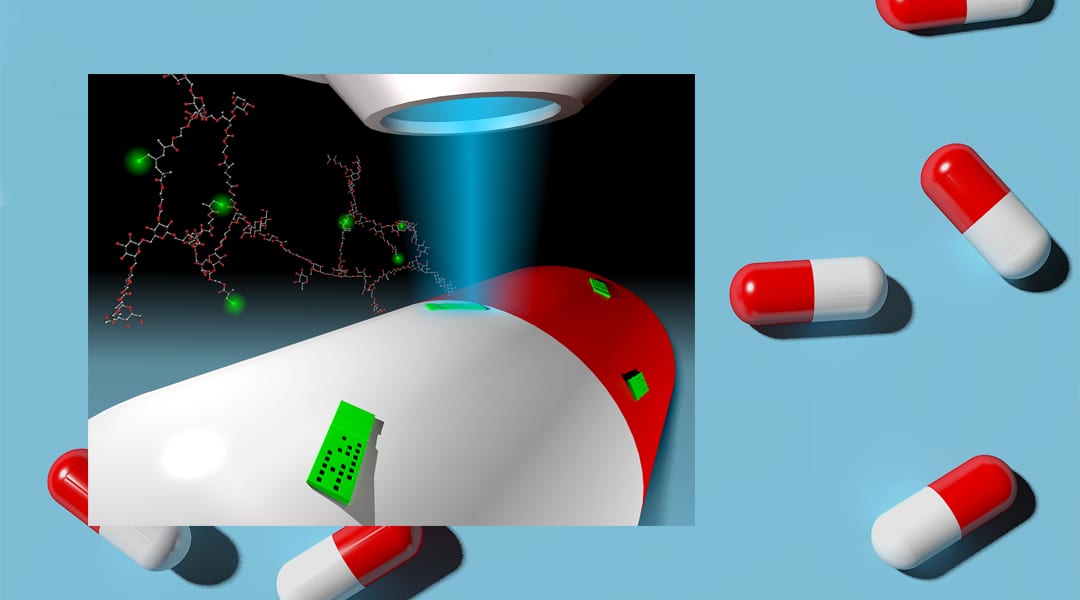

Multi-functional, biodegradable hydrogel microparticles that provide information on the authenticity and the potential deterioration of a tagged food or pharmaceutical formulation directly prior to consumption/use is presented.

A microporous aluminophosphate with Linde Type A (LTA) topology (ALPO-LTA) is found to have long-term solar energy storage potential by researchers from University of Nova Gorica, Slovenia.
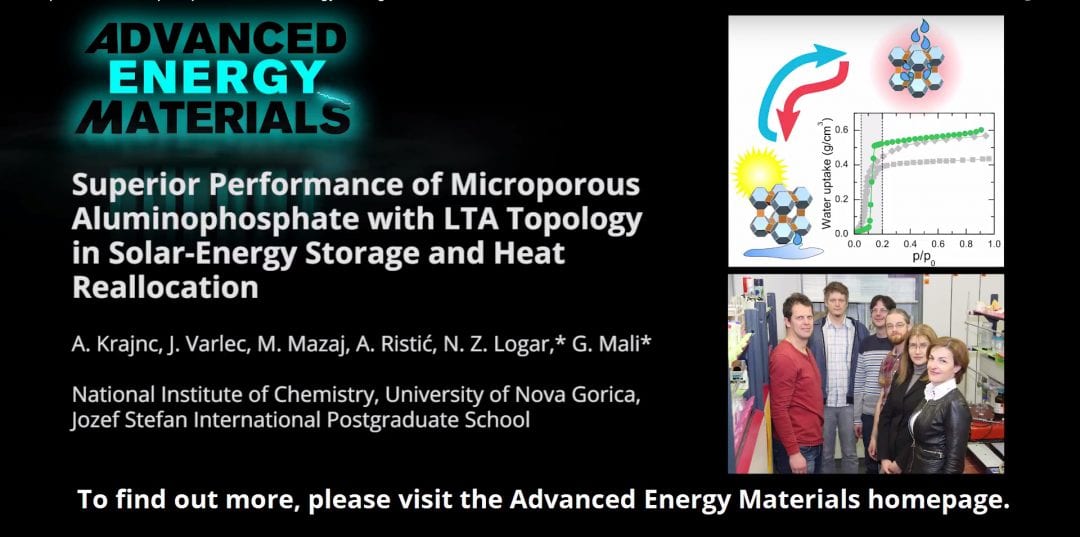
Andraž Krajnc, Nataša Zabukovec Logar, Gregor Mali, and co-workers present a new type of microporous aluminophosphate for high-density storage of solar energy or waste heat in Advanced Energy Materials.

The NITEC reaction is explored with tetrazole-functionalised microparticles, and demonstrates micrometer-scale resolution as a surface-patterning technique.
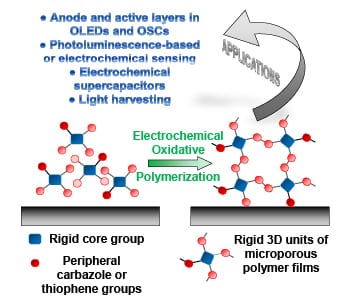
Alex Palma-Cando and Ullrich Scherf discuss the synthesis, properties, and applications of electrochemically generated thin films of microporous polymer networks.
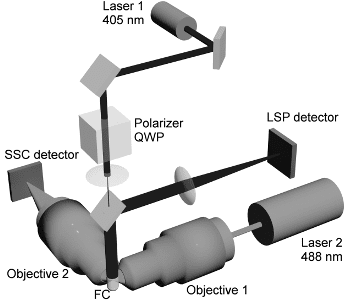
A new scattering flow cytometry based method enables accurate detection and characterization of microparticles in submicron range.
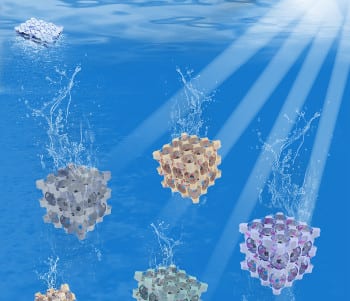
Researches from Pittsburgh present their latest advances towards the characterizations of three-dimensionally ordered macroporous hydrogels.
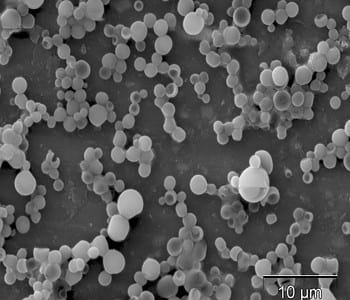
Researchers have developed a cancer imaging and therapy agent composed of PLGA microparticles encapsulating a perfluorocarbon liquid core.
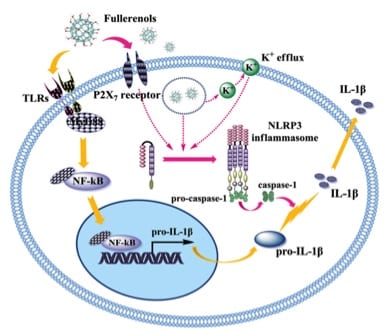
Prof. Chunying Chen and her colleagues from the National Center for Nanoscience and Technology, China demonstrate that polyhydroxylated metallofullerenol can activate primary mouse macrophages to produce pro-inflammatory cytokines.
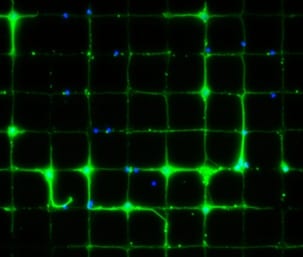
Cells can be grown in micropatterns of poly-D-lysine on graphene, opening a door for cell bassed sensor applications.